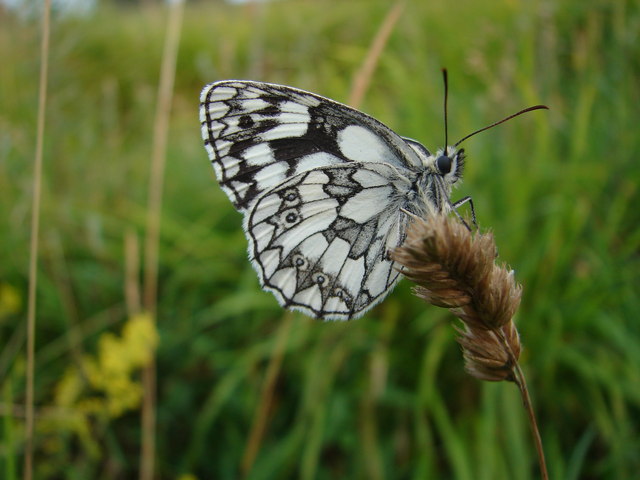New Guide: When to Move Species Struggling with Climate Change

As climate changes make native habitats unlivable to plants and animals, these species have two choices: Leave or go extinct. Now, researchers are offering guidance on when conservationists should undertake the last-ditch strategy of transplanting struggling species to new habitats.
Rats, fire ants, Asian carp, kudzu vines — humans have created a great deal of trouble for ourselves by transporting living things, intentionally or not, outside their native ranges, where they become invasive. So, the idea of intentionally relocating other species, even to save them, naturally raises concerns.
However, that hasn't stopped some from testing the idea. In England, for example, researchers transported marbled white butterflies and small skipper butterflies to new habitat well beyond the northern boundary of their native range, to a location climate change models suggested would make a good habitat. Over the following eight years, both species thrived, and, writing in the journal Conservation Letters in 2009, the British biologists concluded that the butterflies flourished in places they could not reach on their own.
The newest work, which appears Sunday (July 24) online in the journal Nature Climate Change, outlines a framework for conservationists deciding when, and if, to attempt assisted migration, as it is called.
If conservationists are certain how climate change will harm an organism's habitat, the best time to relocate is strongly affected by the suitability of the destination relative to the home site, the species' survival rate expected in their new digs, and the maximum growth rate. However, if the population in question is below a certain size, it should never be relocated, write the authors, led by Eve McDonald-Madden of the University of Queensland and CSIRO Ecosystem Sciences, part of Australia's national science agency. [Top 10 Surprising Results of Global Warming]
The team also came up with a model for determining the timing of relocation for a species living in an environment where the effects of climate change are uncertain.
"The decision to move a species to a new area given the impact of climactic change is far from simple," they write.
Sign up for the Live Science daily newsletter now
Get the world’s most fascinating discoveries delivered straight to your inbox.
You can follow LiveSciencewriter Wynne Parry on Twitter @Wynne_Parry. Follow LiveScience for the latest in science news and discoveries on Twitter @livescience and on Facebook.










